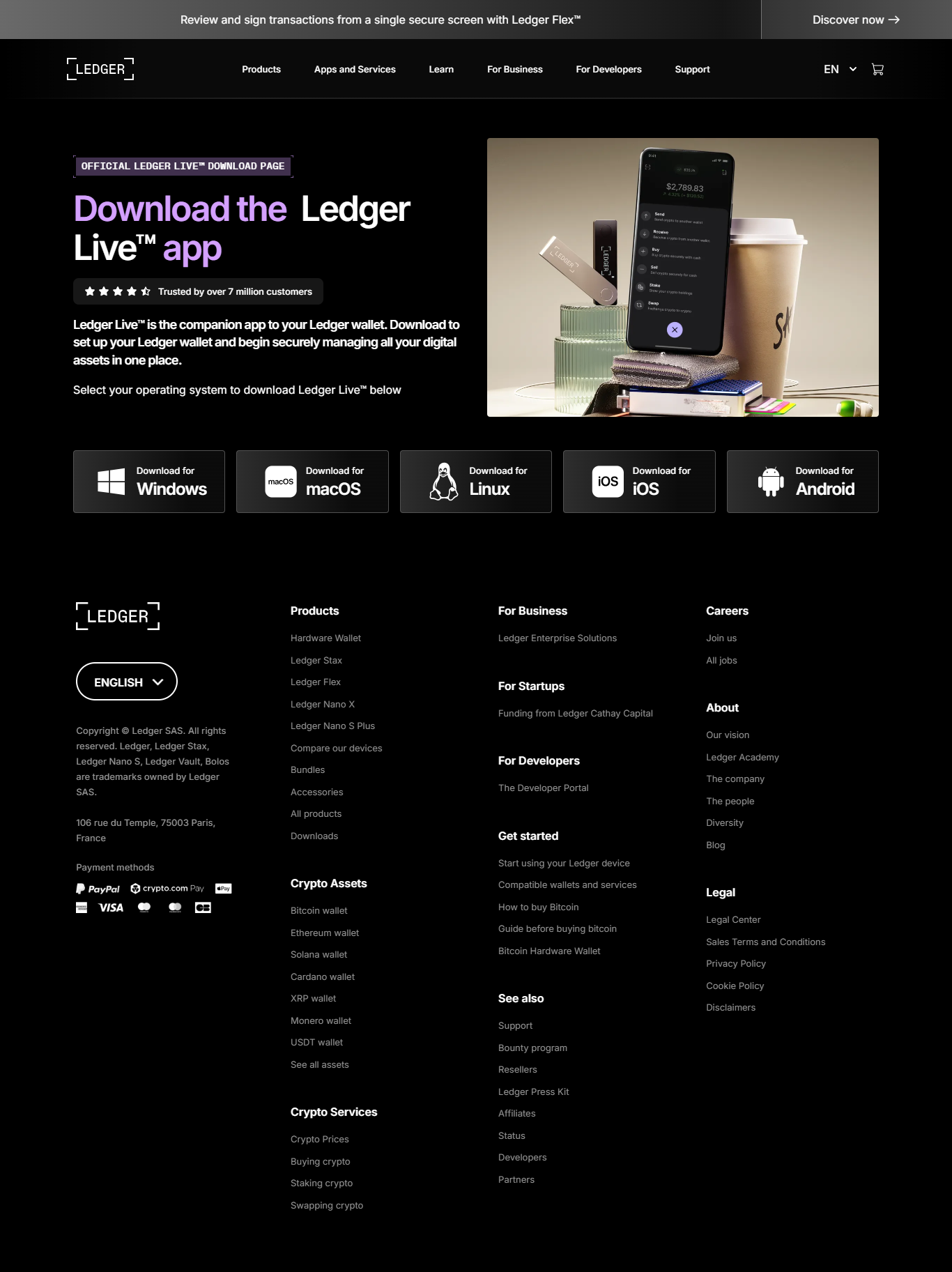Understanding recovery and device security
Your recovery phrase is the root of your wallet — it is a human-readable representation of the private key that controls access to your accounts. When you set up a Ledger device, the device generates this recovery phrase inside its secure environment and displays the words only on the screen. This design ensures the words never traverse an internet-connected device. Because the recovery phrase alone is enough to restore your funds, it must be treated as the highest-value item in your security strategy.
Many users make the mistake of storing their recovery phrase digitally for convenience. Doing so dramatically increases the risk of theft: screenshots, cloud backups, and notes can be exfiltrated by malware or phishing attacks. The safest approach is to write the words on dedicated recovery cards or engrave them on a metal plate built for long-term storage. Keep at least one copy in a secure physical location — a safe, bank deposit box, or other trusted storage — and consider geographic redundancy for large holdings.
Another key principle is to never enter your recovery phrase into a computer, phone, or website. Legitimate applications never ask for your full recovery phrase. If anyone or any website requests your phrase, treat it as a direct attempt to steal your assets: refuse and report.
Ledger devices are engineered to protect private keys. Signing operations happen within the device itself, and the device shows transaction details (addresses, amounts, fees) on-screen for you to verify. By matching the address on the app with the one shown on the device, you ensure the transaction has not been tampered with by malware.
For advanced users, additional layers of protection are available: passphrase support (a 25th secret word you can add to your recovery) creates additional accounts and segregates funds, and multi-signature setups distribute control across multiple devices or signers. Both approaches reduce risk but increase complexity — evaluate based on your threat model and holdings.
Getting comfortable with these concepts will make your Ledger experience both safe and empowering. The device is a tool: simple to use when you follow the security basics described here, and powerful enough to grow with your needs as you become more experienced.
